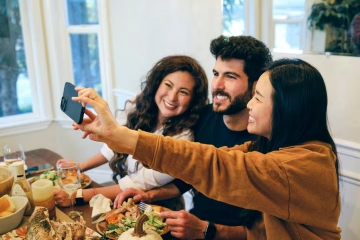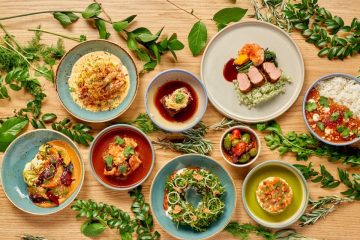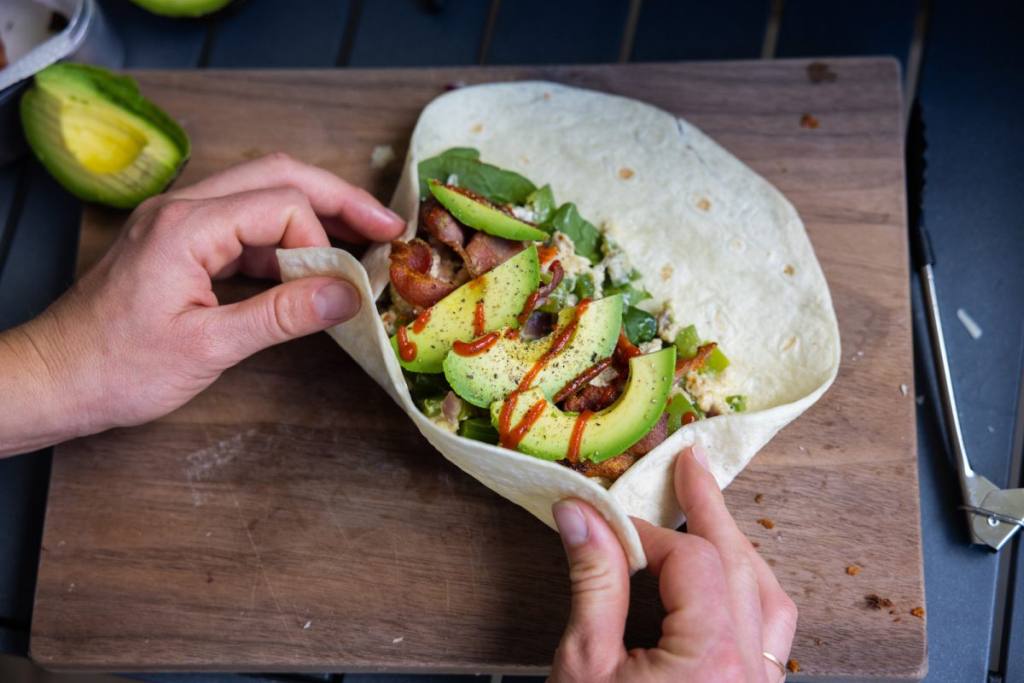The Joy of Culinary Recreation: How Food Brings People Together
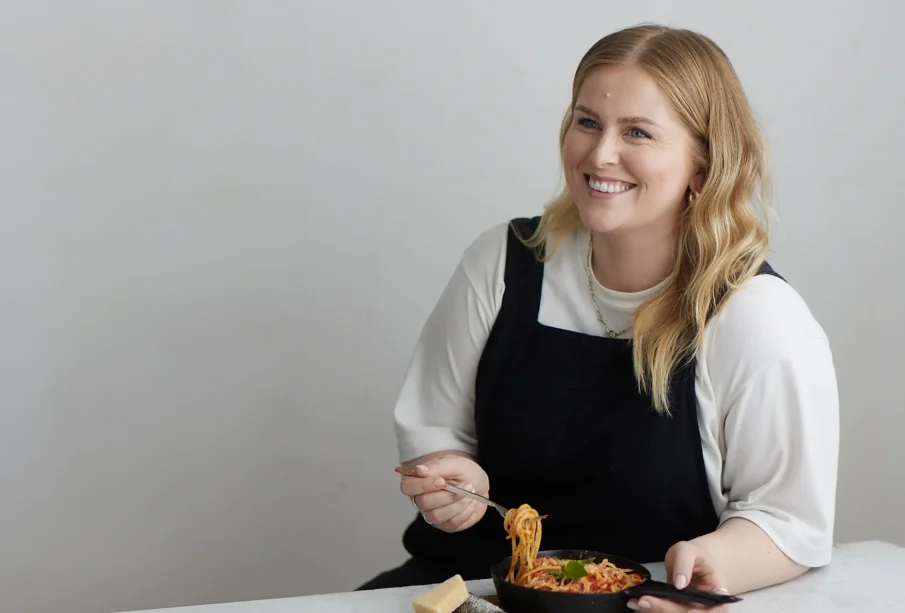
In the modern world, where technology dominates daily life and schedules are tighter than ever, the act of preparing and sharing food has evolved into more than just a necessity—it’s a cherished recreational activity. From backyard barbecues to global food festivals, cooking and eating together have become key ways for people to relax, connect, and celebrate culture. The intersection of recreation and food is a vibrant and universal experience that nourishes not just the body, but also the mind and community.
The Rise of Food as a Form of Recreation
Once seen purely as a domestic duty, cooking has transformed into a popular leisure pursuit. People now explore cuisines from around the world, attend cooking classes, and participate in culinary tourism. The popularity of television cooking shows, social media food influencers, and global recipe-sharing platforms reflects how food has become an engaging and enjoyable form of entertainment.
Recreational cooking encourages creativity. It allows people to experiment with flavors, textures, and techniques, turning their kitchens into spaces of exploration. Whether it’s baking a sourdough loaf, smoking meats, or creating fusion dishes, home chefs experience the satisfaction of transforming raw ingredients into something extraordinary. During and after the COVID-19 pandemic, this trend exploded—many discovered the therapeutic nature of cooking, turning it into a form of mindfulness and stress relief.
The Psychology of Cooking for Pleasure
Cooking is not just about feeding oneself; it’s a deeply emotional and psychological activity. Studies show that preparing meals can improve mood and reduce anxiety. The process of following a recipe, focusing on measurements, and working with one’s hands encourages mindfulness and helps individuals disconnect from digital distractions. The smell of fresh herbs, the sizzle of a pan, or the sight of a perfectly baked pie stimulates the senses and provides immediate gratification.
Moreover, cooking for others fosters a sense of belonging and purpose. Sharing food is a universal expression of care and affection. When we cook for friends or family, we’re engaging in an act of generosity that strengthens emotional bonds. This sense of community and connection is what makes food such a powerful recreational medium—it brings people together around shared experiences and stories.
Culinary Tourism: Exploring the World Through Food
For many travelers, food is the highlight of any trip. Culinary tourism—the pursuit of unique and authentic eating experiences—is one of the fastest-growing sectors in the travel industry. From truffle hunting in Italy to street food tours in Bangkok, people are eager to explore local flavors and cooking traditions. This kind of recreation not only satisfies the palate but also provides cultural insight into the places visited.
Local cuisines tell the story of a region’s history, geography, and people. For example, the spicy curries of India reflect centuries of trade routes and cultural exchanges, while Mediterranean dishes highlight the harmony between land and sea. By immersing oneself in local food experiences, travelers gain a deeper appreciation of cultural diversity and heritage. Culinary tourism transforms eating from a passive act into an adventure that engages all the senses.
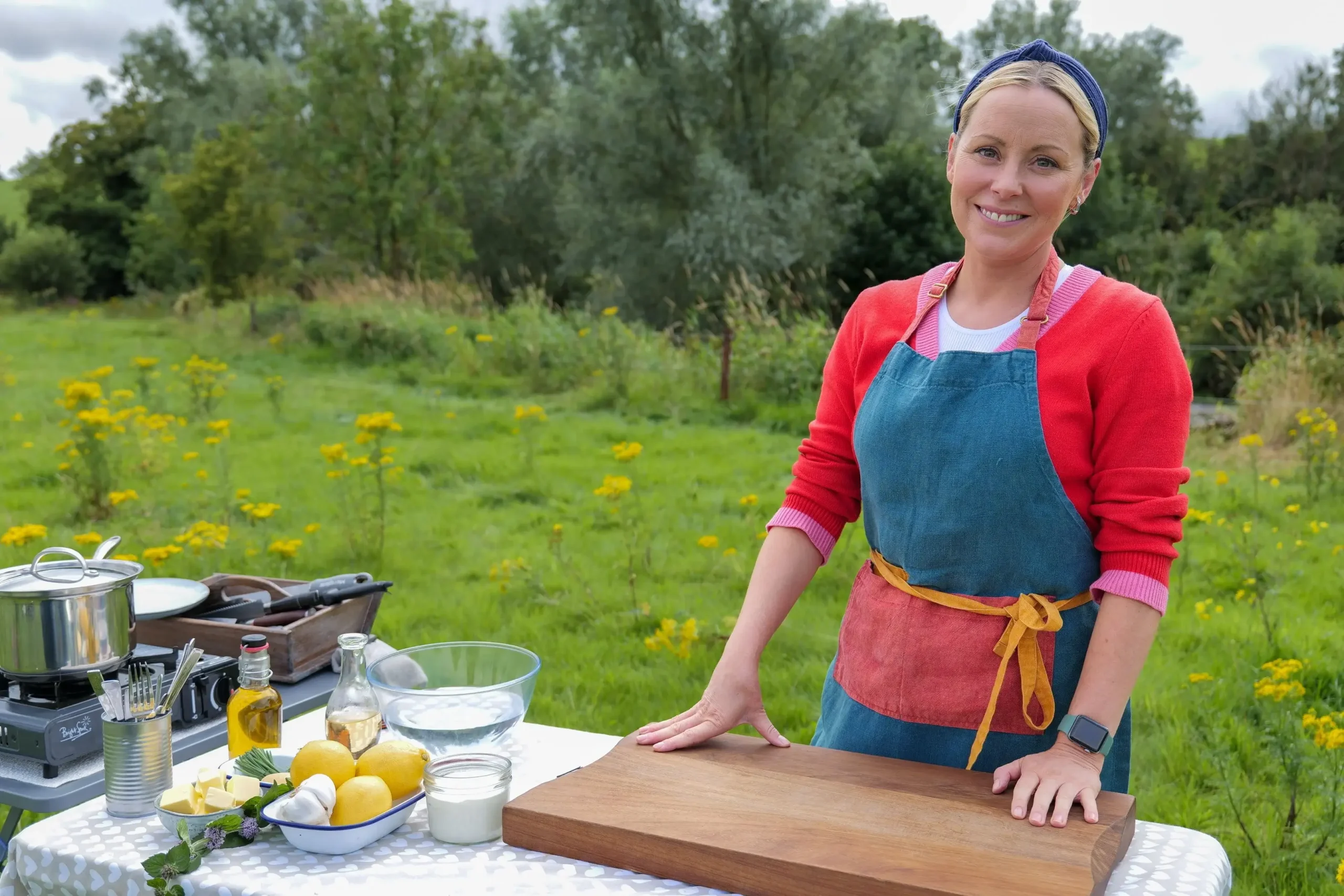
Food Festivals and Community Gatherings
One of the most joyful expressions of food-centered recreation is the food festival. These events celebrate local produce, traditional recipes, and emerging culinary trends. Whether it’s a wine harvest in France, a chili cook-off in Texas, or a vegan food fair in Berlin, food festivals are dynamic spaces of creativity, fun, and community spirit.
These gatherings often serve as cultural bridges, attracting tourists and locals alike. They encourage sustainable agriculture, support small food businesses, and promote culinary innovation. The communal atmosphere—complete with live music, friendly competitions, and endless tasting opportunities—turns food into a social experience that transcends language and background.
Even smaller community events, such as farmers’ markets or neighborhood potlucks, capture this same spirit. They bring people together around shared values: good food, local support, and human connection. In an increasingly digital age, such face-to-face gatherings offer a refreshing sense of authenticity.
Recreational Cooking at Home
While global food experiences are exciting, many people find immense joy in culinary recreation within their own kitchens. Home cooking is being reinvented through online cooking classes, food blogs, and subscription meal kits that deliver fresh ingredients with easy-to-follow recipes. These tools make cooking more accessible for beginners while still challenging seasoned chefs to try new things.
Home cooks are also embracing trends like plant-based eating, fermentation, and zero-waste cooking. These activities combine fun with purpose, aligning recreation with sustainability. For example, learning to make homemade kimchi or sourdough bread connects people with ancient food traditions while encouraging mindful consumption.
Cooking at home also nurtures creativity and independence. It’s a hobby that blends art and science—balancing flavors, experimenting with techniques, and constantly learning. The satisfaction of tasting something made from scratch, paired with the ability to share it with others, makes home cooking one of the most rewarding recreational activities available.
The Social Media Effect: Food as Art and Community
In today’s digital landscape, social media platforms like Instagram, TikTok, and YouTube have transformed how people engage with food. What once stayed in the kitchen now reaches millions online. Food photography, recipe tutorials, and “food challenges” create a sense of global community where anyone can participate, learn, and inspire others.
For many, posting a beautifully plated dish or a step-by-step cooking video is not just about aesthetics—it’s about storytelling. Each meal shared online represents a personal narrative, a cultural expression, or a creative triumph. Online food communities also encourage experimentation and inclusivity, allowing people of all backgrounds to showcase their culinary heritage and innovations.
However, this trend also encourages balance. While social media can inspire creativity, it’s important not to lose sight of the genuine, sensory joy of cooking and eating in real life. The ultimate purpose of food recreation lies in experience—not just presentation.
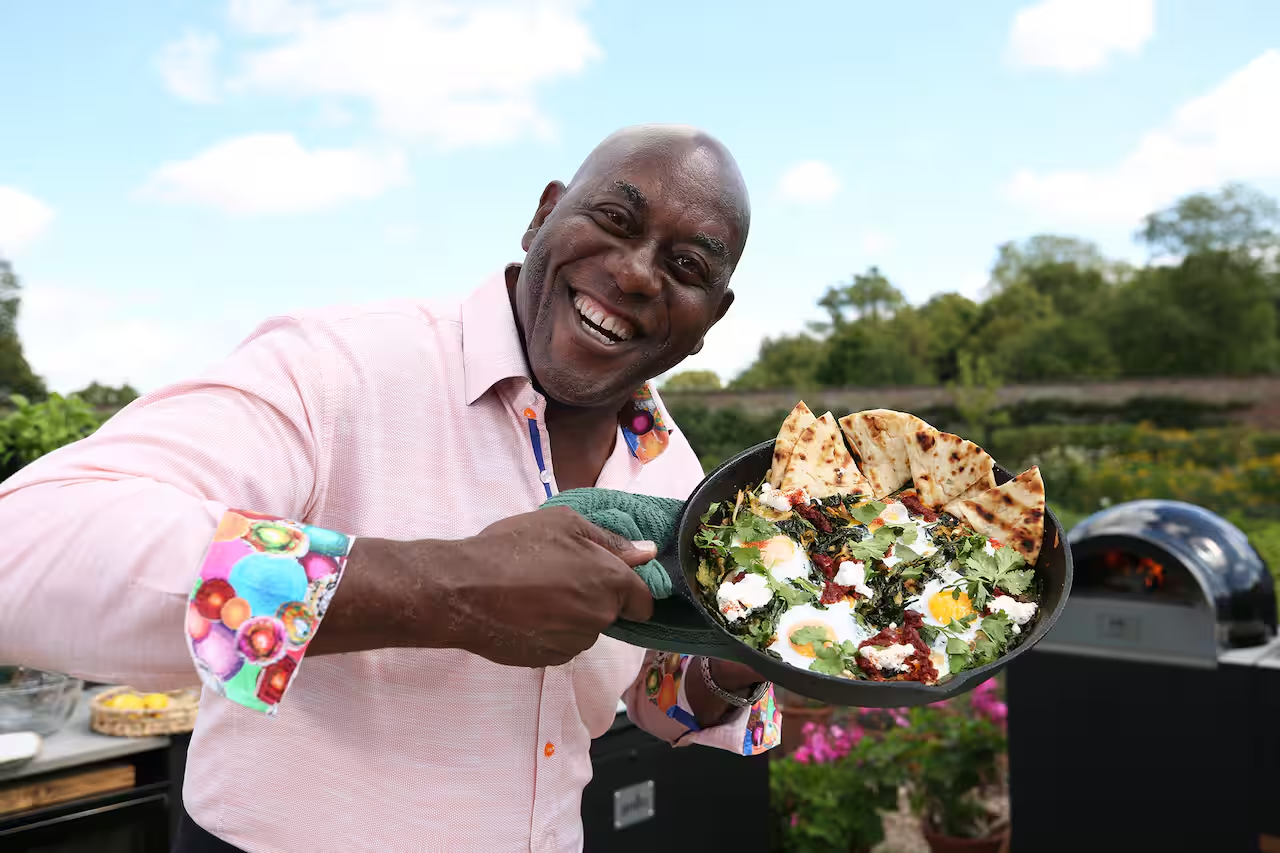
Conclusion: The Nourishing Power of Food Recreation
Food is more than fuel—it’s a universal form of recreation that unites creativity, culture, and connection. Whether through travel, festivals, or home cooking, food brings joy and meaning to everyday life. It allows people to slow down, savor the moment, and share experiences that transcend barriers.
In a world where people are constantly searching for balance and fulfillment, culinary recreation offers both. It feeds our curiosity, sparks creativity, and reminds us of the simple pleasures that make life rich and satisfying. From the first chop of a vegetable to the last shared bite, food continues to be one of humanity’s most joyful ways to play, explore, and connect.


